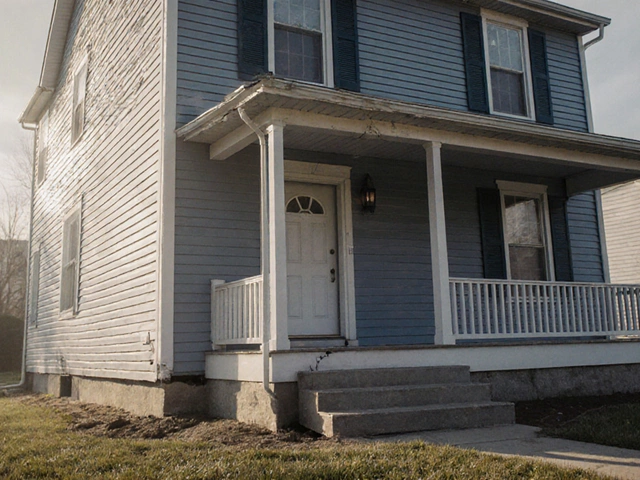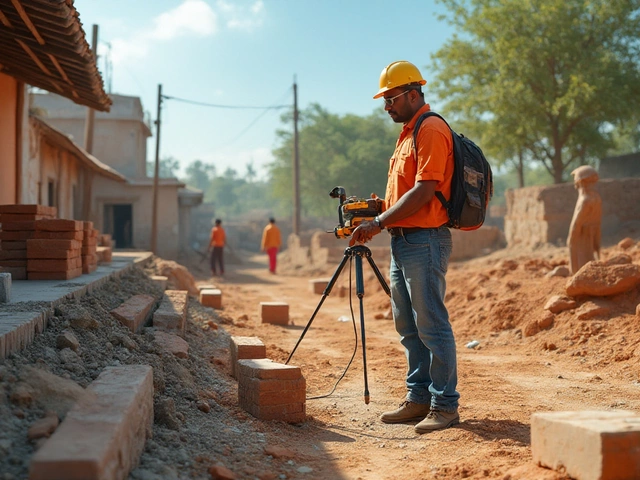Soil Settlement: What It Is, Why It Matters, and How to Spot Trouble
When your house slowly sinks into the ground over time, it’s not magic—it’s soil settlement, the downward movement of the ground beneath a building due to compression or shifting of the soil. Also known as foundation settlement, it’s a natural process in many areas, but not all settling is harmless. Every home experiences some level of it, especially in the first few years after construction. The key isn’t to avoid it entirely—it’s to recognize when it crosses the line from normal to dangerous.
Foundation settlement, the visible result of soil movement affecting a building’s structure shows up in cracks, sticking doors, uneven floors, or gaps between walls and ceilings. These aren’t just cosmetic issues. They’re signals that the ground isn’t supporting the structure the way it should. In some cases, it’s caused by poor soil compaction before building. In others, it’s due to water—too much from leaking pipes or too little from drought—that makes clay soils shrink or expand. And if you live near slopes or fill dirt, the risk goes up.
What makes structural settling, a pattern of movement that threatens a building’s stability different from normal settling? Normal settling is slow, even, and rarely causes damage. Structural settling is uneven, sudden, or worsening. One corner of your house sinking faster than the rest? That’s not normal. Cracks wider than a quarter inch? That’s a red flag. And if you’ve noticed doors that suddenly won’t close or windows that stick, you’re not imagining it—your foundation is sending you a message.
Soil settlement doesn’t just affect your comfort—it affects your wallet. A home with unaddressed settlement issues can lose 10% to 25% of its resale value. Insurance often won’t cover it unless it’s caused by a sudden event like a burst pipe. And while some minor cracks can be patched, deeper problems require underpinning, helical piers, or other heavy-duty fixes. That’s why knowing the difference early saves thousands.
What you’ll find below isn’t theory—it’s real-world insight from homeowners and pros who’ve dealt with this exact problem. From how to measure a crack to when to call a structural engineer, these posts give you the tools to act before it’s too late. You’ll learn what’s fixable, what’s not, and how to avoid being sold unnecessary repairs. This isn’t about fear—it’s about clarity.





